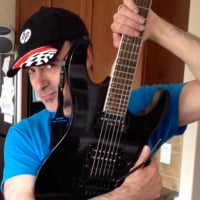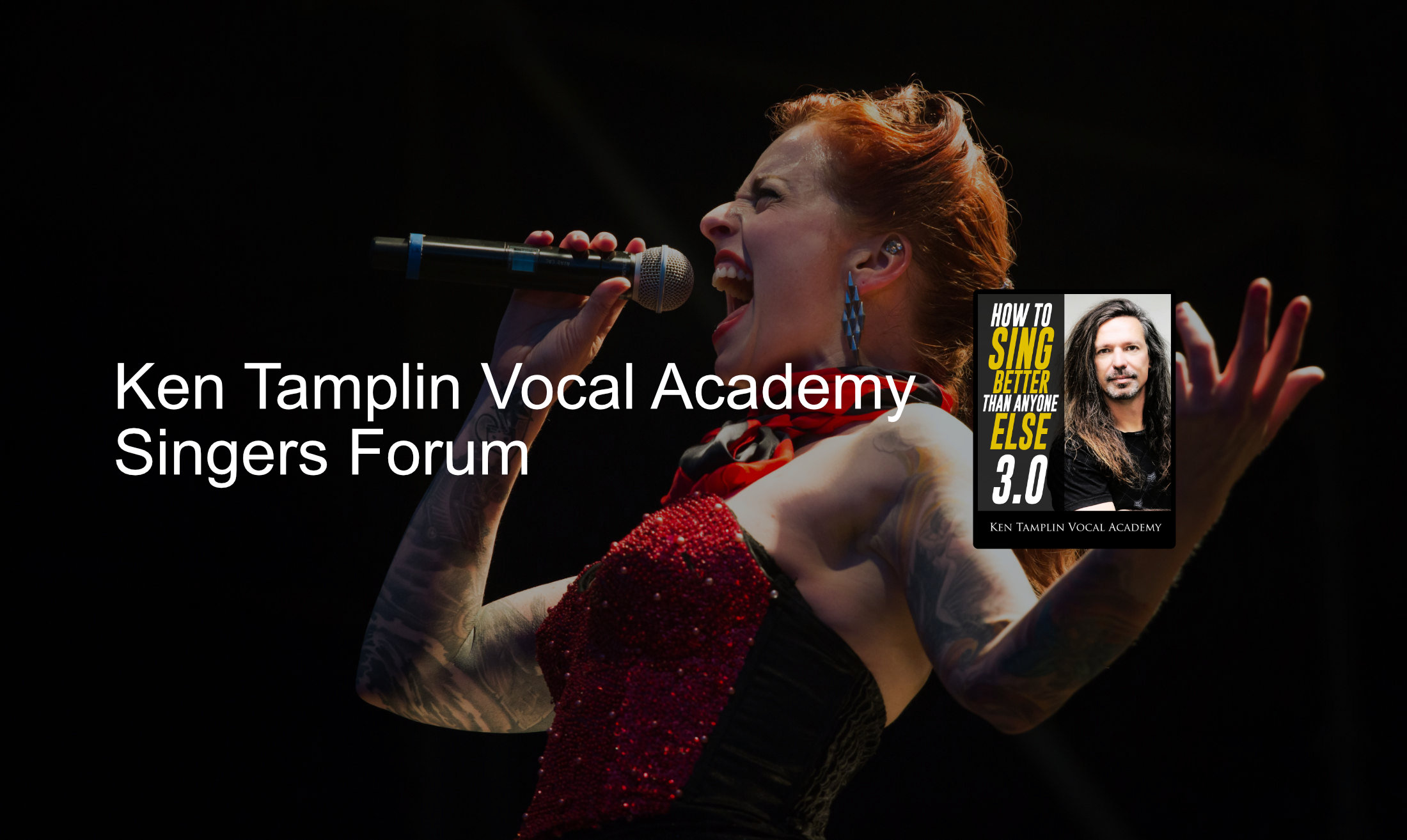Getting a DAW to connect to your Interface
 Furious_Phil
Moderator, Pro, 2.0 PRO, 3.0 Streaming Posts: 1,421
Furious_Phil
Moderator, Pro, 2.0 PRO, 3.0 Streaming Posts: 1,421
After a few weeks (possibly months) of absolute frustration, I finally narrowed the problem of connecting my interface to Cubase to 2 major things:
- Windows 10 and the USB cable type.
- Windows 10: Did you know that there are more than a few professional studios out there that were forced to roll back their work stations to Win7 because of incompatibilities? Rather that upgrade all of their hardware and software, the rollback was the more sane choice.
- USB cables: Did you know that there are 2 types of any USB classification (A:C) cable? The one that came with my ZOOM R8 turned out to be strictly a 'charging' cable, meaning that it does not support full-on data pass-through. Acting on a seasoned IT-person hunch, I dug around for other cables to try. Sure as you were born, I achieved solid connectivity, and recorded my first test piece!!!
This link was very helpful for getting Cubase 8 connected up, and me (the former DAW virgin) recording my first test piece
 https://www.youtube.com/watch?v=_ir_GirqAx0
https://www.youtube.com/watch?v=_ir_GirqAx0
Just thought I'd share a few little caveats to help people get up and running and minimize the frustration of just getting to the starting line.
Everyone else, please feel free to add your discoveries and experiences!
Cheers,
Phillip
PS - Special thanks to @videoace for sharing his knowledge and encouragement on the subject to get me this far!
- Windows 10 and the USB cable type.
- Windows 10: Did you know that there are more than a few professional studios out there that were forced to roll back their work stations to Win7 because of incompatibilities? Rather that upgrade all of their hardware and software, the rollback was the more sane choice.
- USB cables: Did you know that there are 2 types of any USB classification (A:C) cable? The one that came with my ZOOM R8 turned out to be strictly a 'charging' cable, meaning that it does not support full-on data pass-through. Acting on a seasoned IT-person hunch, I dug around for other cables to try. Sure as you were born, I achieved solid connectivity, and recorded my first test piece!!!
This link was very helpful for getting Cubase 8 connected up, and me (the former DAW virgin) recording my first test piece
 https://www.youtube.com/watch?v=_ir_GirqAx0
https://www.youtube.com/watch?v=_ir_GirqAx0Just thought I'd share a few little caveats to help people get up and running and minimize the frustration of just getting to the starting line.
Everyone else, please feel free to add your discoveries and experiences!
Cheers,
Phillip
PS - Special thanks to @videoace for sharing his knowledge and encouragement on the subject to get me this far!


Comments
Glad you got it up and running. Hopefully you will post something soon once you get used to it.
Have fun my friend
Peace, Tony
If you want cubase specifically, buy a Steinberg interface. They are about $100, and they include the cubase software. If you buy just the software, it will cost you almost $600, and you will still need an interface to get your vocals into the program.
You can look around at different interfaces for pricing, and they all include some sort of recording software.
Peace
Now its time to actually work on the lyrics and their rhythmic structure so I can actually get the insertions and inflections right.
I'm glad I got this far (with everything that is going on) so I am hoping to get it done next weekend.
@Diego @TommyM Besides a little EQ, what do you guys tend to add?
And do you tend to do that post-recording at the mixing phase, or at the actual recording stage?
Cheers,
Phillip
I have a Lexicon Alpha that I never got working right, but at least I'm having a decent time with my ZOOM R8 now that I have worked out the gremlins
And do you tend to do that post-recording at the mixing phase, or at the actual recording stage?
First up, well done on getting set up and getting your first recordings down! Do you know how long it took me to realize that the left and right markers needed to be set before I could export a track? THAT, my friend, is how much I sucked at this! Hahaha!
When you're recording into a DAW, especially with your vocals since you're not really using any outboard gear, you're normally just recording the signal in 100% dry. Since you're using Cubase, this makes it much easier to describe to you 'cause I know you'll be looking at similar to what I am.
The bulk of your effects are done as "inserts", so they go directly onto the channel itself. My typical effects chain is a low-cut EQ taking out everything below, say 90Hz; a CLA-2 compressor to give the track some gentle compression, colour and body - the next series of effects are up for debate in terms of which order they go in as it's pretty much done to taste, but I'll explain my reasons for doing what I do later - I then normally use another compression to even out the peaks and bring up the troughs in the signal, set to hit it a bit harder than the CLA-2 does so that it's more punchy and cuts through the mix. After that, I normally add more EQ to balance the vocal in the track; typically another low-cut for the sake of clarity but with a shelf-boost of maybe 2-3db at most from around 8-10kHz upwards to bring out the brightness, but avoid harshness.
From there, I'll normally set up a send channel (right click and go to "Add FX Channel") with a reverb on it, and maybe one with a tempo-synced delay too to give space and movement to the vocal. The whole vocal track is sent (if you click the wee "e" button the channel window opens; go to the far-right and click on the space and it'll give you options. Select whichever effect you've added and then set the send level to 0 by dragging the wee slider to the right) to your effects and you can then pull back their faders to blend the effect with the main mix. I also always add a low-cut EQ on the reverb and delay, cutting out everything below around 150kHz to avoid cluttering up the space. It's purely cosmetic but it does prove useful later on.
The thing about compressor/EQ first is something few seem to agree on. You already know what a compressor does, so think how that boost in sound would change a signal in either post or pre-EQ position in your effect chain. Kinda like your pedal setup, I suppose, 'cause they're usually set up in an optimal chain to enhance the final output. I prefer to put the EQ after the compressor so that I'm working directly with the balanced levels and can then pick out any problematic frequencies or boost the more pleasant ones. That said, you could EQ your track really nicely and then boost it with compression after, so it's really down to personal taste, I think.
If you record effects directly only to the vocal track, e.g. running through a Roland Space Echo, for talking's sake, you're stuck with them as they are and then need to work around that to fit the vocal and balance the rest of the mix. If you record totally dry THEN add your effects as inserts/sends/etc (i.e. "non-destructive processing"), you'll have way more flexibility and can focus on just getting that pure vocal sat upfront, uncluttered by extraneous effects.
Using something like Space Echo hardware as an example: If you recorded your vocal through that, you're immediately giving yourself a load more work 'cause it's going to add stuff to the sounds that isn't there naturally. The way mix engineers used to do it with hardware was to record the main track essentially dry (maybe a bit of gentle compression to avoid clipping) and THEN use sends to route the dry signal to the effect and play around with how it's blended. That's essentially what we're doing with our setup in Cubase - record your dry signal then you can start to add effects over it on the insert, or send the signal to another effect to be blended into the mix.
Hope that makes at least a modicum of sense...hahaha!
So I bought a few dozen of those thick blue interlocking foam mats and started my lego-style construction of a vocal booth to help nullify most of the ambient house-noise. Have any of you had any luck with this method?
I do have a friend that does sound insulation panels, but it is taking a long time to accumulate the scrap materials I'd need to build a proper sound full-on isolation booth.
Your thoughts?
I just gate it out. It shouldn't take much gate to make those unwanted noises to go away. If you're not used to using one. Play with it. A noise gate is a valuable tool to have. I used to use one on my live guitar set up.
Of course it's optimal to have the recording as "naturally" quiet as possible, but sometimes people have buzzing guitars, or acoustic drums can give a weird harmonic, or rattle somewhere so a gate as I mentioned can be valuable in some instances. For me I have to use it all the time because I have a lot of noise here as well.
Peace
Georgia Pacifica makes them. they are about an inch thick. They come in the same size as a sheet of drywall.
Let me know how yours work. Maybe I'll invest in some if they are effective for you.
Peace
I also bought 16 or more tiles of that baffled sound-room foam that I'll put on top of the interlocking foam from at least the waist-up. Got it from "Wish" for like $40!!!
Hoping for an effective isolation solution at a low price point